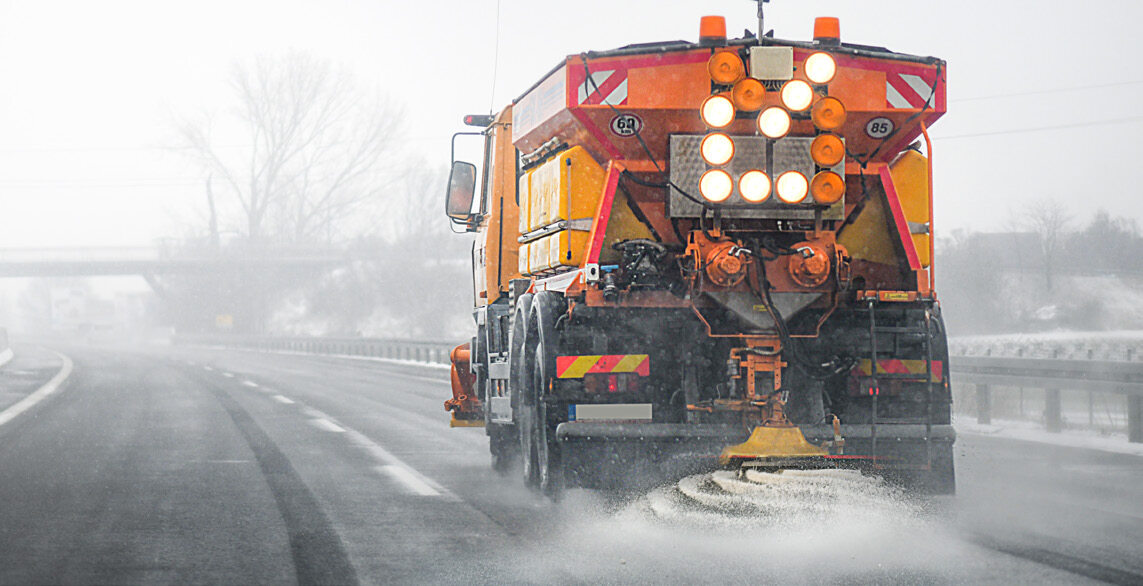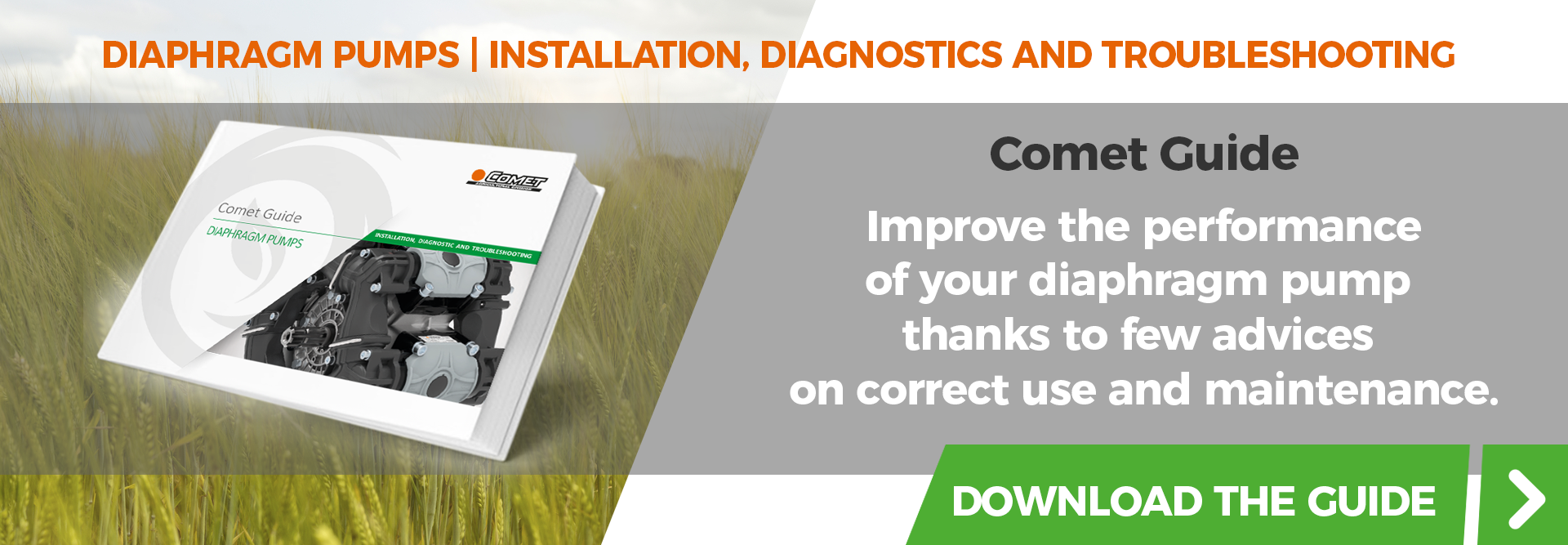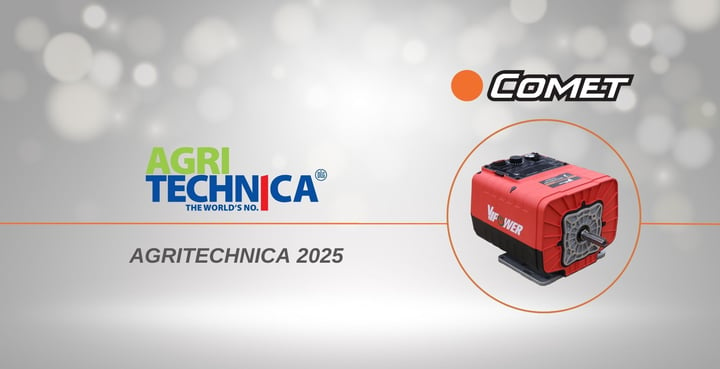When bad weather rages and temperatures drop below freezing, keeping roads free of snow and ice is critical to ensure their functionality and allow vehicles to travel safely.
This is done by de-icing operations: in this article we will find out what these are, how they are performed and what equipment - including pumps - are used.
ICE ON THE ROADS
When it snows or in case of subzero temperatures, one of the most common logistical problems is to safeguard road traffic. Snow and ice accumulating on roads causes vehicle tires to lose grip, leading to high risks of road accidents.
During snowfall, however, the risk of accidents is paradoxically lower than when it is simply very cold because, as it is clearly visible, snow causes vehicles to mount winter tires and chains or, at worst, to stop safely.
Ice, on the other hand, represents a far more insidious and hidden pitfall. For example, when you cross a mountain road well exposed to the sun, it may suddenly happen to face a shady section where ice still lingers and you may end up, thus, off-road.
This is why preventive action must be taken against ice formation.
SNOWPLOWS AND SALT SPREADERS
Leaving aside manual methods such as shovels and brooms, which are suitable only for home driveways or small yards, the most widely used solution for clearing roads of snow are snowplows: these are heavy-duty vehicles on the front of which is mounted a metal shovel that, when pushed by the vehicle, accumulates snow at the edge of the roadway, thus clearing the road for traffic.
In more extreme cases, when the snow has fallen in large quantities and has frozen, mechanical turbines are used to chop up the snow cover with shovels, sucking it up and throwing it off the road.
The main disadvantages of a snowplow, however, are related to the risk of damaging the asphalt by rubbing the shovel against the road surface. This is the reason why it remains difficult for a snowplow to remove the ice layer, that is, the layer that remains most adhered to the road itself.
To remove ice, in fact, action is taken with salt spreaders: these containers of salt or calcium chloride, transported by vehicles, are equipped with a mechanism that spreads the material on the asphalt acting preventively against formation or to melt the ice already formed.
In fact, salt is able to lower the freezing point of water because its molecules in contact with water split into ions that electrostatically bind to those in the water itself. When the temperature goes below freezing and the first icy crystals form on the road, salt ions interfere and limit their formation. So, likewise, it happens when salt is spread on already formed ice that starts melting on asphalt.
The key difference to consider is that, as a preventive measure, sodium chloride - that is, common salt - is used, while on roads that are already frozen or snow-covered, calcium chloride is used, as it would form a slippery coating on dry roads. In both cases, unfortunately, the use of salt is wasteful.
DE-ICING
It is mainly to remedy this uneconomical problem that road de-icing is being done, that is, using sprayer bars installed on the rear or front of heavy vehicles that, as they travel along the roads to be “de-iced”, sprinkle them with a solution composed of water and salt.
This alternative method is more advantageous than the salt spreader because:
- It consumes less salt, saving costs;
- It corrodes the asphalt less than salt;
- It reduces contamination of groundwater and roadside vegetation due to salt dissolution.
THE PUMPS FOR DE-ICING
Low-pressure diaphragm pumps particularly suited to the type of solution to be sprayed are used to feed the spray booms performing de-icing.
READ ALSO: HOW TO CHOOSE THE RIGHT DIAPHRAGM PUMP FOR YOUR SPRAYER
Low-pressure pumps are used because low pressure reduces the speed of the liquid to be sprayed and increases both the average droplet size and spray angle, thus covering more area.
Working with a corrosive material such as salt also requires using components that are very resistant to chemical attack and mechanical abrasion.
These features are found in the Comet BP110 and Comet BP130 SMART low-pressure pumps, where the parts in contact with the solution to be sprayed are made of plastic, thus perfectly able to resist the corrosion caused by salt.















